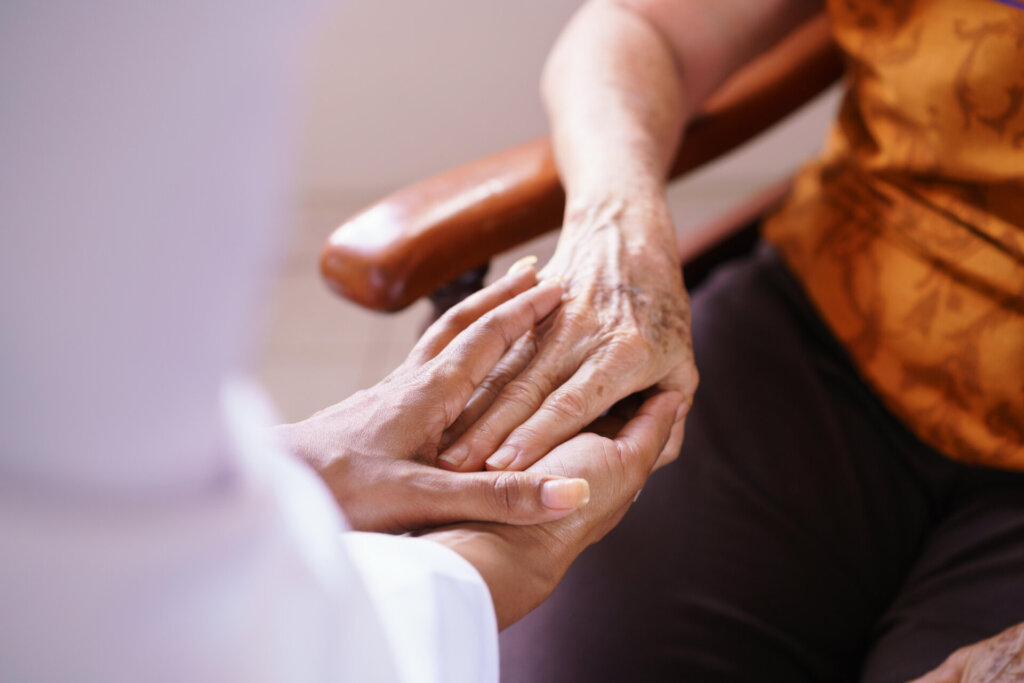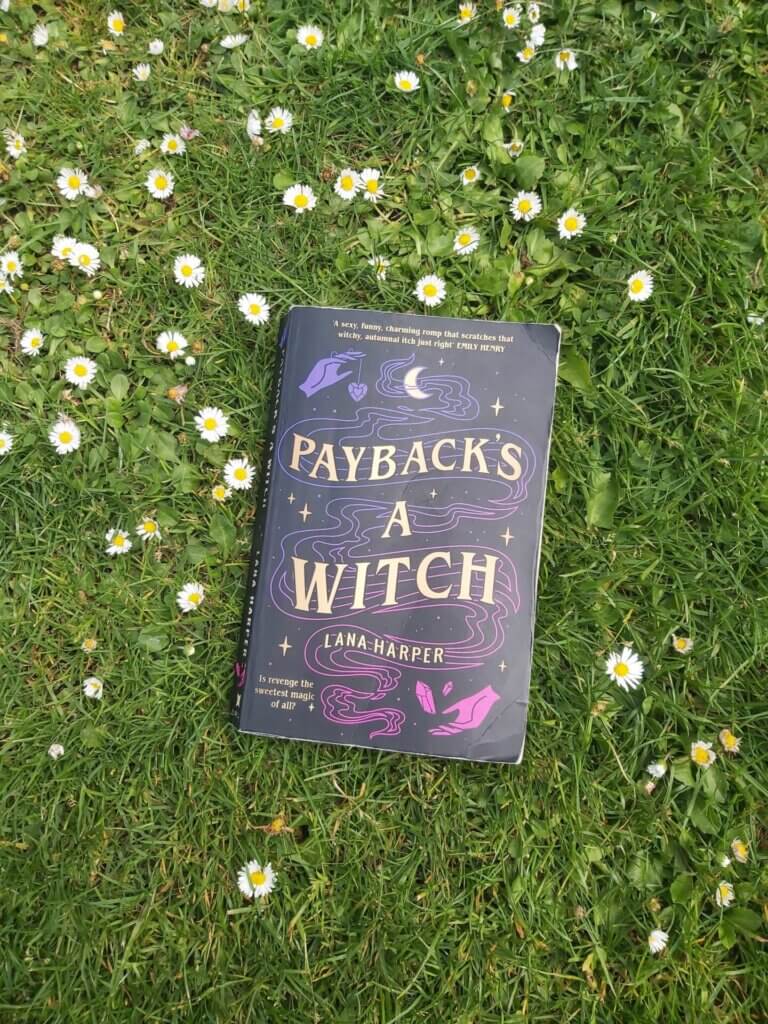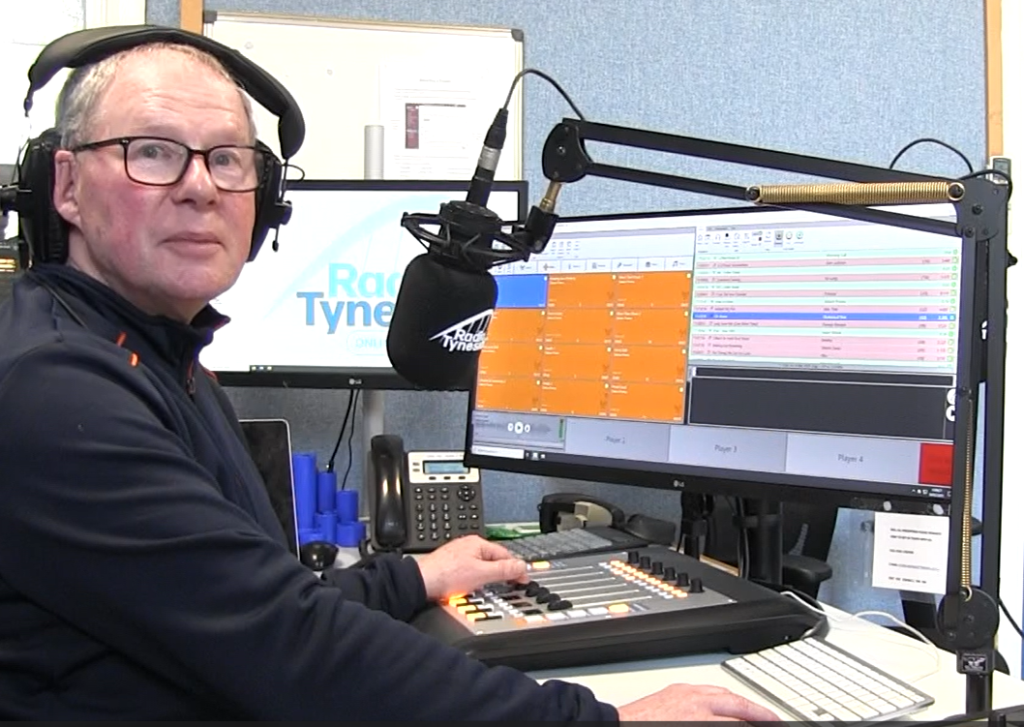The Role of Exercise in Health and Healing
Written by Annika Hermine Böttcher on 4th April 2025
Illnesses can permanently affect our everyday lives, whether they are mental health issues, seemingly simple problems like back pain, or even chronic conditions. One thing that everyone is advised to do for these issues is exercise. In this feature, we explore how exercise can help people and speak to someone who is affected.
“You don’t need to be a hero. Just take everything nice and gradually,” is the final message Morcombe gives me when I talk to him about the role sport can play in our health.
Exercise plays a huge role in our health, and this message is a powerful reminder that even small steps towards physical workout can benefit us mentally and physically. Exercise at any level can benefit our bodies, starting with a simple walk.
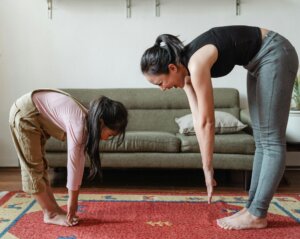
Mother and Child exercising, Picture from Pexels
Most importantly, a diagnosis doesn’t have to affect our goals in life. Professional footballer Matt Crooks was diagnosed with epilepsy at the age of 18 and still went on to become a professional footballer, becoming the second Premier League professional to suffer from the condition.
This is a message to everyone: a diagnosis should not stop your goals and dreams.
It is well known that exercise can greatly benefit us in the physical realm, but it can also have a positive impact on our mental wellbeing. Studies have shown that just 20 minutes of daily exercise can help us feel calmer.

Football game at the FordHub
The UK government has set a similar course. ‘At least 150 minutes of moderate intensity activity, 75 minutes‘ vigorous activity, or a mixture of both’ is the recommendation on the official government website. However, Morc takes a rather critical view of this: “The government’s message is, ‘Oh, you’re doing 150 minutes a week.’ Well, if you break that down, it’s about 23 minutes a day. And I think that’s not a good message for people. People to go, ‘Oh, I’ve done 23 minutes. That’s it.’ Yeah, what about the other eight hours plus of sedentary behaviour? So I think that message needs to come away or be added to, to say, ‘Can we reduce sedentary behaviour?”
The lecturer at the University of Sunderland teaches on the Sports and Exercise degree programme and runs a walking football team for men alongside his job. The whole thing has been so well received that a whole league has developed since then and the teams play their games at the Beacon of Light at weekends.
He explains: “It’s provided, I would say, a community. And I think it’s the community. To be honest, it’s not really the football or the activity. It’s a vehicle for people to get together. Because once they get together, they’re among like-minded people, people who understand.”
His colleague Dave explains the psychological aspect behind it: “Football is a sport where lots of people have an identity as a football fan, so Sunderland fan or Newcastle fan. So a lot of health interventions use the power of football to try and do these things where people might not go to a sports centre or their local leisure centre, but they’re really interested in going to the club or beside the club in case. I think it’s a really good way of harnessing the power of people and the affection people have towards football and teams to try and get them to do things.”
He also explains how our environment can also affect our motivation to workout: “There’s quite a lot of research as well about green space and blue space. That’s not just the activity, but also the environment you take part can be important. So we’re blessed in Sunderland to have quite a nice coastline.”
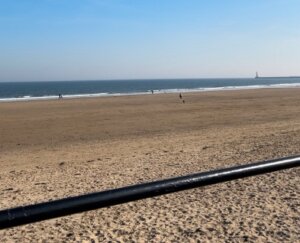
Coastline in Sunderland
But it doesn’t have to be a team sport to be active. Romana Schneider-Otto from Germany was diagnosed with McArdle’s syndrome, a rare chronic condition, at the age of 15 and has lived with the condition ever since.
McArdle syndrome is a glycogenosis disorder that affects the muscles. She herself describes the disease in simple terms: I always say that when I sometimes walk out of the front door, after one or two steps my legs can feel like concrete. So then I can’t walk properly any more. And if I keep walking and want to get past this point, my heart starts pumping really hard because it’s also a muscle, of course, and this can be transferred to my heart.”
She does a lot of sport in her free time, mainly goes to the gym, does weight training or rides a racing bike, but also does yoga or Pilates. Today she is relatively open about her illness, but that wasn’t always the case.
Sport plays an important role in this disease, as the muscles continue to break down as the disease progresses, it is important to keep rebuilding them through physical activity. Romana’s personal experience is that the more sport she does, the better she feels. Diet also plays a role in her physical well-being; she has personally found that the less alcohol she drinks, the better she feels physically.
But of course there are always setbacks: “There are phases when it’s worse again. I notice it when the weather is worse or when it’s colder. I’ve also had a phase where I really cried in the gym because I just couldn’t do it. I was standing in the running pool and I really couldn’t do anything. It was like a blockage and I couldn’t run any more. And then, of course, there are moments when you just feel bad and have this obstacle and then, of course, you question a lot of things.”
But setbacks don’t stop Romana: “I always try to take a positive approach and say, okay, this is just the phase, this is just my moment, it might be like this for the next few days, but it will get better. The most important thing is to really listen to my body at that moment.”
